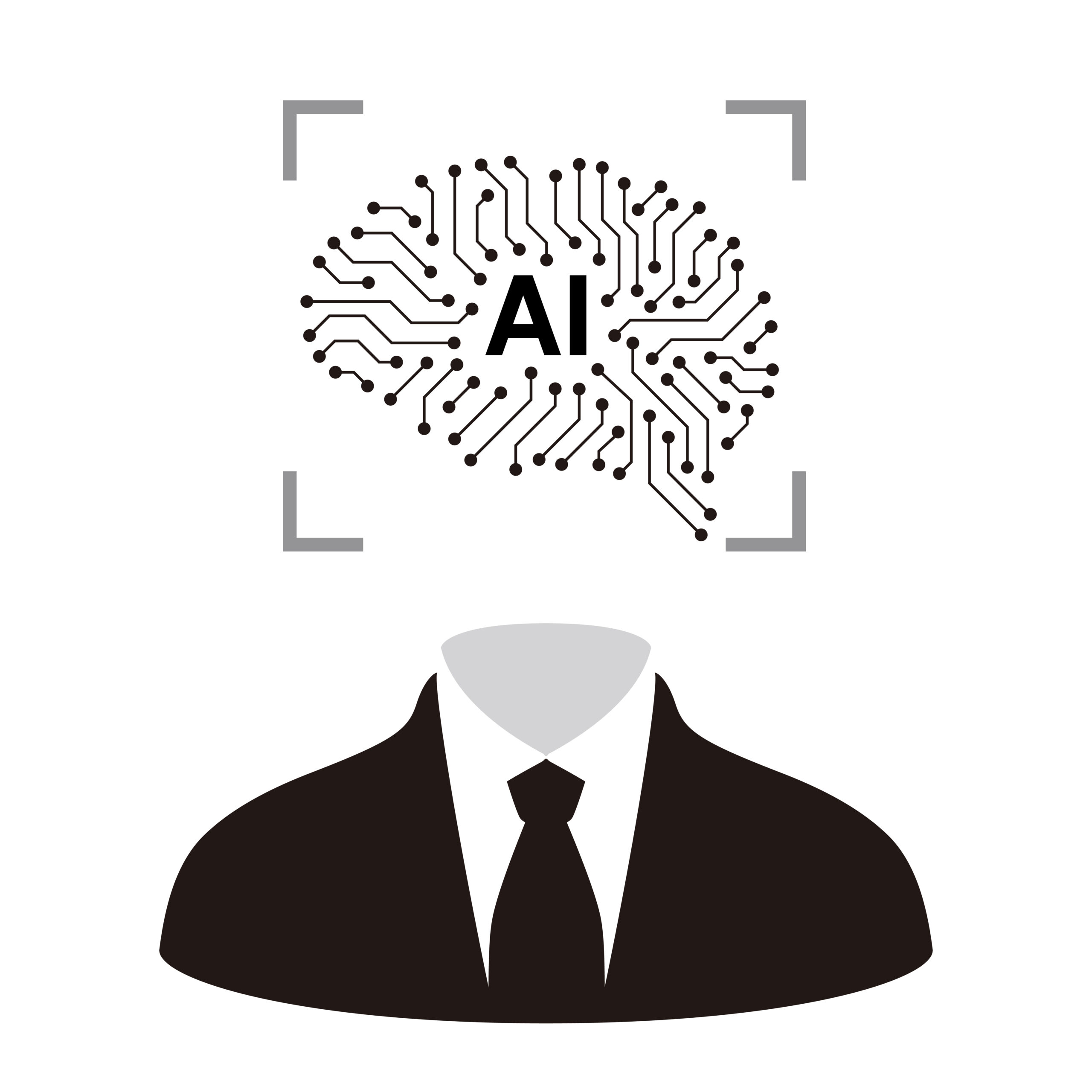Introduction: The end of guesswork in business
For years, business leaders relied on gut feeling, intuition, and past experiences to make decisions. And while experience still matters, the business landscape has changed. Markets shift faster than ever, customer preferences evolve overnight, and competition is relentless. In this new era, relying on intuition alone is a gamble.
Enter data-driven decision-making (DDDM)—a smarter, more precise way to navigate business strategy. Companies that embrace data and analytics aren’t just making better choices; they’re gaining a significant competitive edge. They’re predicting market shifts before they happen, personalizing customer experiences at scale, and optimizing operations down to the last detail.
The businesses that fail to adapt to this data-driven world? They risk falling behind. In this post, we’ll explore why data-driven decision-making is the future, what it means in practice, and how your business can harness the power of data to drive growth.
What is data-driven decision making?
At its core, data-driven decision-making means using facts, insights, and analytics to guide business strategy, rather than relying on hunches or tradition.
Rather than assuming which marketing campaign will perform best, companies analyze customer engagement, click-through rates, and conversion data to pinpoint what works. Instead of making pricing decisions based on instinct, businesses use AI-powered tools that adjust prices based on real-time demand, competitor strategies, and customer behavior.
How data-driven decision-making works:
Data collection: Gathering information from website visits, sales transactions, customer feedback, and more.
Analysis & interpretation: Identifying trends, patterns, and potential opportunities using AI and analytics tools.
Actionable insights: Using data to make informed choices, whether in marketing, operations, hiring, or product development.
Continuous learning: AI and analytics tools evolve, refining their accuracy as more data is collected.
Why data-driven decision making is essential for the future
A. more accurate, less risky decision-making
Every business decision carries risk. Investing in new products, expanding into new markets, or launching marketing campaigns—these choices can make or break a company. Data minimizes that risk by providing evidence-based insights instead of speculation.
Example:
A retail company assumes holiday sales will surge as usual, so they stock up heavily. But AI-driven sales forecasting reveals economic conditions are causing consumer spending to drop. Adjusting their stock levels prevents over-purchasing and financial loss.

The impact:
- More precise forecasting.
- Fewer costly missteps.
- Confidence in strategic choices.
B. Understanding customers like never before
Customers are notoriously unpredictable—but data helps businesses understand their needs before they even express them.
By analyzing purchase history, online behavior, and engagement levels, companies can:
✔ Offer personalized recommendations (like Amazon or Netflix).
✔ Identify at-risk customers and engage them before they churn.
✔ Create targeted marketing campaigns that feel custom-made.
Example:
Netflix analyzes viewing history to recommend content that keeps users engaged, preventing cancellations. Their data-driven approach has helped them maintain one of the lowest churn rates in the streaming industry.
Why it matters:
Personalization isn’t just a “nice-to-have”—it’s a revenue driver. The better you understand your customers, the stronger their loyalty and spending habits become.
C. Optimizing operations and reducing costs
Efficiency isn’t about working harder—it’s about working smarter. Data analytics helps businesses streamline operations by:
✔ Predicting inventory needs to avoid overstocking or shortages.
✔ Reducing inefficiencies in supply chains, logistics, and production.
✔ Optimizing staffing levels based on foot traffic and demand predictions.
Example:
Walmart uses real-time AI analytics to adjust inventory across thousands of stores. This reduces waste, maximizes shelf space, and ensures customers always find what they need—without over-ordering stock that won’t sell.
Why it matters:
Companies that optimize operations spend less and profit more. Efficiency means higher margins, not just cutting costs.
D. Better, more profitable marketing strategies
Gone are the days of throwing money at ads and hoping for results. AI and big data allow businesses to create highly targeted, hyper-efficient marketing campaigns.
With data-driven marketing, companies can:
✔ Identify which platforms deliver the best ROI (Facebook, Google, TikTok, etc.).
✔ Optimize ad spend in real time, shifting budgets toward top-performing campaigns.
✔ A/B test marketing strategies to see what resonates with audiences.
Example:
Coca-Cola uses AI-powered analytics to track real-time engagement on social media. They adjust ad spending hourly based on what’s trending, ensuring maximum impact with minimal waste.
The big takeaway:
Businesses that rely on data-driven marketing spend less on ineffective ads and achieve higher revenue from precision-targeted campaigns.

How to build a data-driven business
Step 1: Invest in the right tools
To harness data effectively, businesses need the right tech stack:
🔹 Google analytics – Track website and customer behavior.
🔹 Tableau / power BI – Transform raw data into actionable insights.
🔹 AI-powered CRM tools (like HubSpot or Salesforce) – Improve customer relationships through predictive analytics.
Step 2: Foster a data-driven culture
Tech alone won’t transform a business—your team needs to embrace data-driven thinking.
✔ Train employees to interpret and use data in decision-making.
✔ Encourage experimentation (A/B testing, customer segmentation, etc.).
✔ Break down data silos—ensure departments share insights (Marketing, Finance, Sales, HR).
Step 3: Use AI for predictive analytics
Predictive analytics goes beyond analyzing past trends—it anticipates the future.
Example:
A hotel chain uses AI to forecast seasonal demand. Instead of guessing, they dynamically adjust room pricing, marketing budgets, and staffing levels, maximizing revenue without overloading costs.
Why it matters:
AI doesn’t just tell you what happened—it helps you prepare for what’s next.
Final thoughts: The future belongs to data-driven businesses
The businesses that master data-driven decision-making will be the ones that:
✅ Move faster than competitors.
✅ Reduce risk and improve accuracy.
✅ Create hyper-personalized experiences for customers.
✅ Maximize efficiency while cutting unnecessary costs.
The future isn’t about who has the most data—it’s about who knows how to use it.
Is your business ready to unlock the full power of data? The companies that embrace analytics today will be the leaders of tomorrow.
